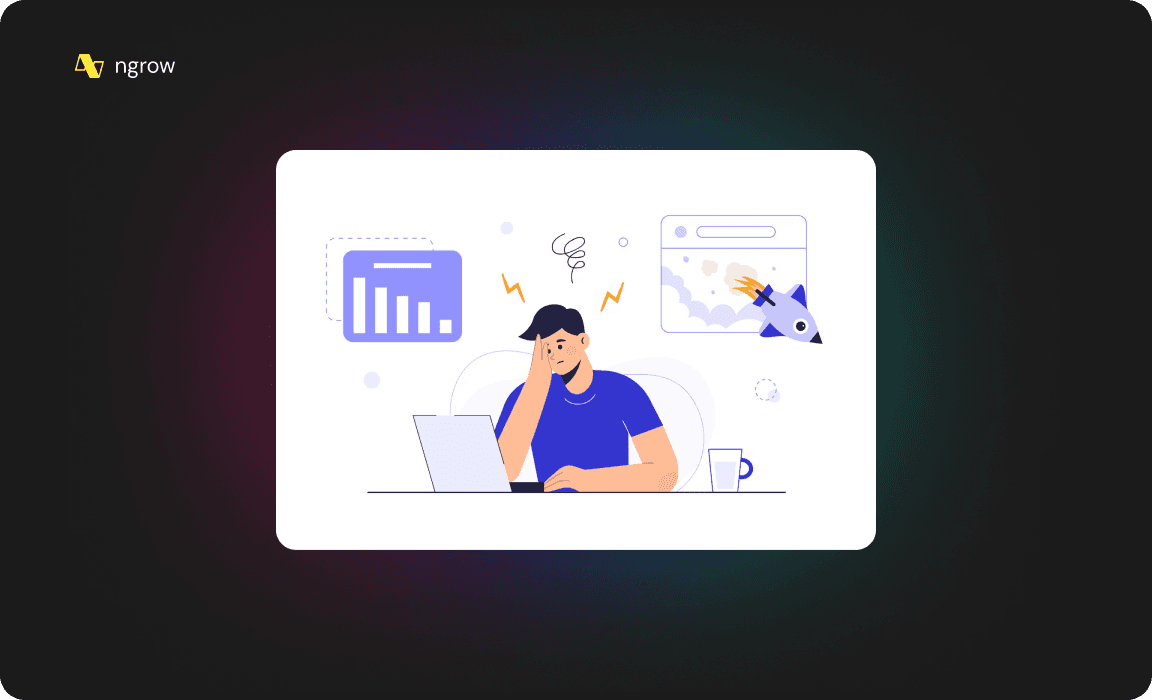4
min to read
Jun 6, 2024

Common Pitfalls in Push Marketing and How to Avoid Them
Push marketing has become a crucial tool for mobile app developers to engage with their users and keep them coming back. With the rise of mobile devices, push notifications have become a key channel for apps to communicate with their audience, increase user retention, and drive revenue. However, crafting effective push notification campaigns can be a daunting task, especially with the ever-changing preferences and behaviors of users. In this article, we will explore common pitfalls in push marketing and provide tips on how to avoid them.
Pitfall 1: Not Segmenting Your Audience
Not segmenting your audience is one of the most common pitfalls in push marketing. Segmenting your audience allows you to create targeted push notifications that resonate with individual users. By segmenting your audience, you can create push notifications that are relevant to specific groups of users, increasing engagement and conversion rates.
How to Avoid It:
Use User Data: Use user data such as demographics, behavior, and preferences to segment your audience.
Create Segments: Create segments based on user data and send targeted push notifications to each segment.
Monitor and Adjust: Monitor the performance of your push notifications and adjust your segmentation strategy as needed.
Pitfall 2: Not Personalizing Your Push Notifications
Not personalizing your push notifications is another common pitfall in push marketing. Personalizing your push notifications allows you to create a more engaging and relevant experience for users. By personalizing your push notifications, you can increase user engagement and conversion rates.
How to Avoid It:
Use User Data: Use user data such as demographics, behavior, and preferences to personalize your push notifications.
Use Dynamic Content: Use dynamic content such as user names, locations, and interests to personalize your push notifications.
Monitor and Adjust: Monitor the performance of your push notifications and adjust your personalization strategy as needed.
Pitfall 3: Not Timing Your Push Notifications Correctly
Not timing your push notifications correctly is another common pitfall in push marketing. Timing your push notifications correctly allows you to increase user engagement and conversion rates. By timing your push notifications correctly, you can ensure that users receive your push notifications at the right moment, increasing the likelihood of engagement and conversion.
How to Avoid It:
Use User Data: Use user data such as demographics, behavior, and preferences to determine the best time to send push notifications.
Use Timing Analytics: Use timing analytics to determine the best time to send push notifications based on user behavior and preferences.
Monitor and Adjust: Monitor the performance of your push notifications and adjust your timing strategy as needed.
Pitfall 4: Not Monitoring Your Push Notifications
Not monitoring your push notifications is another common pitfall in push marketing. Monitoring your push notifications allows you to track the performance of your campaigns and make data-driven decisions. By monitoring your push notifications, you can identify areas for improvement and optimize your campaigns for better results.
How to Avoid It:
Use Analytics Tools: Use analytics tools such as Google Analytics to track the performance of your push notifications.
Monitor Engagement: Monitor engagement metrics such as open rates, click-through rates, and conversion rates to track the performance of your push notifications.
Monitor Conversion: Monitor conversion metrics such as sales, sign-ups, and downloads to track the performance of your push notifications.
Pitfall 5: Not Optimizing Your Push Notifications
Not optimizing your push notifications is another common pitfall in push marketing. Optimizing your push notifications allows you to increase user engagement and conversion rates. By optimizing your push notifications, you can ensure that your push notifications are relevant, engaging, and effective.
How to Avoid It:
Use A/B Testing: Use A/B testing to test different versions of your push notifications and determine which one performs better.
Use User Feedback: Use user feedback to identify areas for improvement and optimize your push notifications.
Monitor and Adjust: Monitor the performance of your push notifications and adjust your optimization strategy as needed.
Conclusion
Push marketing is a powerful tool for mobile app developers to engage with their users and keep them coming back. However, crafting effective push notification campaigns can be a daunting task, especially with the ever-changing preferences and behaviors of users. By avoiding common pitfalls such as not segmenting your audience, not personalizing your push notifications, not timing your push notifications correctly, not monitoring your push notifications, and not optimizing your push notifications, you can create effective push notification campaigns that resonate with individual users and drive revenue. Remember to use user data, dynamic content, timing analytics, analytics tools, and A/B testing to optimize your push notifications and increase user engagement and conversion rates.



